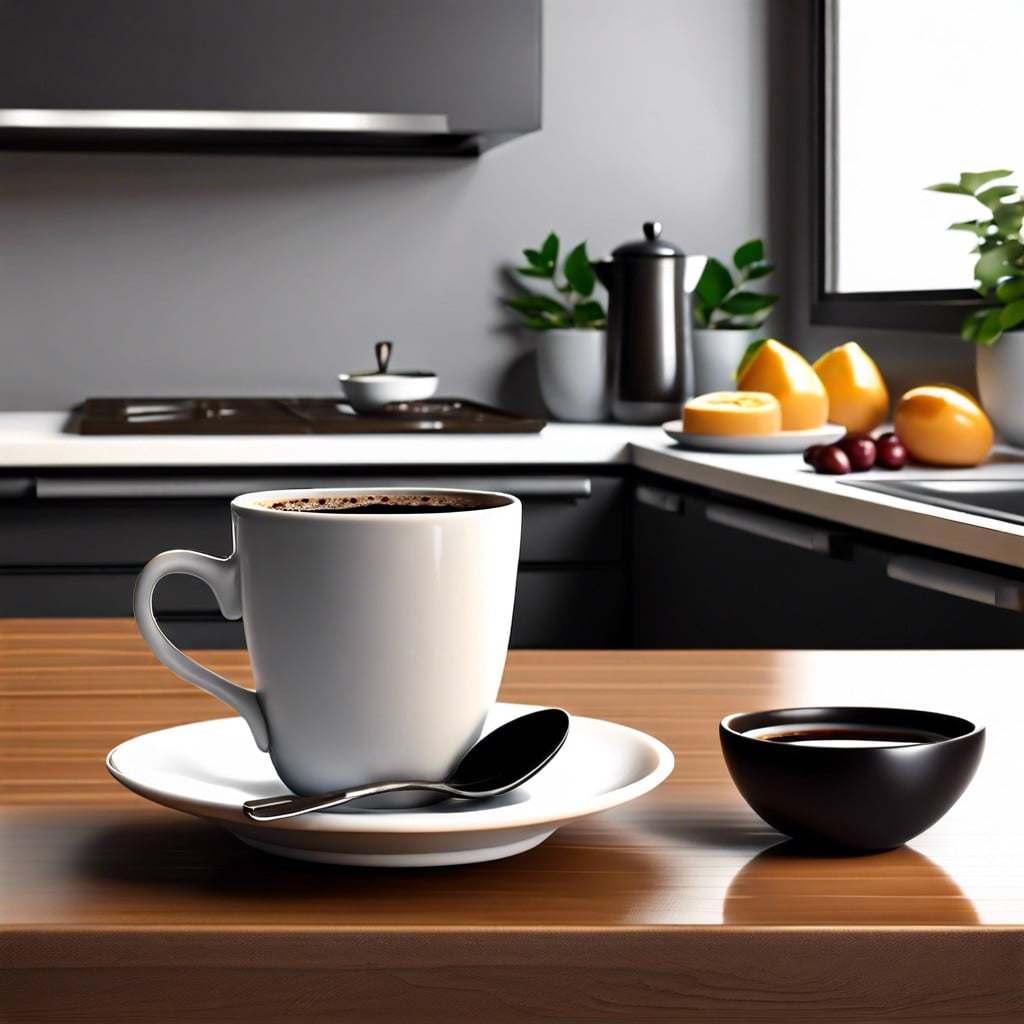Learn how long coffee can safely sit out before losing its freshness and flavor.
How Long Can Black Coffee Sit Out At Room Temperature?

Black coffee can remain at room temperature for about 4 to 6 hours before its flavors start to deteriorate. After this period, the coffee begins to lose its aromatic vibrancy and may taste stale. The absence of added perishables like milk allows it to stand a bit longer than dairy-laced beverages. However, if left out overnight, expect a noticeable decline in taste quality. Be mindful of environmental factors; warmer conditions might accelerate the degradation process. Always cover your coffee to protect it from airborne particles and contaminants that can affect both its flavor and safety.
How Long Can Coffee With Dairy Sit At Room Temperature?
When you add dairy products like milk or cream to coffee, the rules change. These additions make the beverage perishable, so it’s recommended to consume it within two hours of preparation. Bacteria thrive in warm environments, and perishable products at room temperature create an ideal breeding ground.
If the room is warmer than usual, perhaps during a hot summer day, reducing this time frame to even one hour is wise. It’s better to play it safe and avoid any health risks associated with spoiled milk.
Cool environments can slightly extend the safe consumption window, but it’s still important to be cautious. If you’re unsure whether the coffee is still safe to drink, trust your nose and taste buds—sourness or an off smell is a clear indicator that the coffee should be discarded.
Safety Concerns
Let’s chat about the safety of leaving coffee out too long. Coffee might seem harmless, but it’s a bacterial playground if left at room temperature for extended periods. Once brewed, coffee has a pH level that bacteria, including strains like E. coli, love to thrive in. While it’s unlikely to cause severe illness, nobody enjoys a stomach ache with their morning cup.
Pathogens are another threat. These unwelcome guests can multiply in brewed coffee left out after several hours. It’s always better to be safe than sorry—brew fresh or store it properly!
Storing coffee in thermal containers or refrigerating it quickly are simple steps to keep your brew safe. After all, coffee should perk you up, not knock you down!
Signs That Coffee Has Gone Bad
Detecting spoiled coffee is straightforward—if you know what to look for. First, a noticeable change in smell is a clear indicator. Fresh coffee emits a rich, inviting aroma, whereas spoiled coffee may develop a sour or unpleasant odor.
Second, taste plays a crucial role. Coffee that sits out too long often becomes excessively bitter or acrid. This deterioration in flavor is due to the ongoing oxidation process, which intensifies after brewing.
Lastly, pay attention to the appearance. Molds can develop in coffee, especially in moist environments. If you notice any mold or unusual residues, it’s better to discard the coffee immediately to avoid health risks.
Observing these signs will help you determine if it’s time to brew a fresh batch or if you can still enjoy the coffee you made earlier.
How to Keep Coffee Drinkable Longer
To extend your coffee’s freshness, consider these simple tips:
Store your coffee in a thermal carafe. This device maintains the temperature without further cooking the brew, preventing bitterness.
Avoid direct sunlight and high temperatures. A cool, dark place preserves the flavor and aroma longer.
Transfer unused coffee to a clean, airtight container if it’s going to sit for more than an hour. Exposure to air can spoil the taste quickly.
Preheat your cup or thermos. This little hack keeps your coffee warm for extended periods, slowing the degradation of its quality.
By applying these strategies, your coffee remains enjoyable for a longer duration.